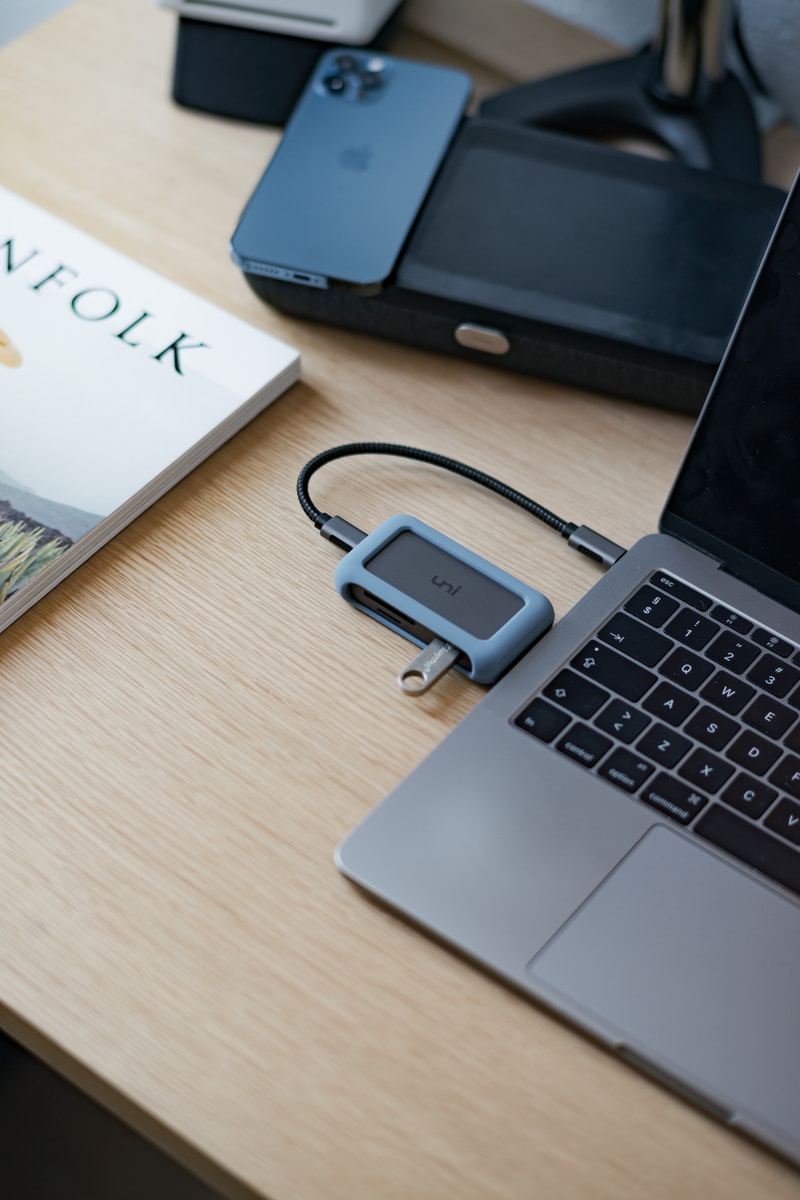
The computing industry seems to continually accidentally – or perhaps more accurately, deliberately – shoot itself in the foot, by manufacturing machines with new connections that don’t link up with old peripherals.
My own MacBook comes with USB-C ports only, for instance, so that it is impossible to connect to older devices, such as external drives and DVD players, without an adaptor.
Many has been the time a colleague has handed me a standard USB pen drive to drag off some data, and I have had to concede defeat. Ironically my laptop is simply too advanced to actually be functional, for many of these occasions.
So hearts might perhaps initially be sinking to hear that USB4 will likely be with us in 2021… when that announcement has been made before USB 3.2 has even appeared. However, this next generation in IT connectivity might also arrive with an additional degree of lateral thinking, as early rumours reach us that it is also designed to be more open in its connectivity, extending to the Thunderbolt 3 protocol.
At the moment laptops and PCs often come with a myriad of connections, the manufacturers (aside from my example of Apple, perhaps) trying to accommodate various devices, and all eventualities, with a Byzantine array of ports. These might include USB-A or USB-C, for instance, or Intel’s Thunderbolt connection which, infuriatingly, looks much like a USB-C. But isn’t. Sometimes you have cables running around the desk like Medusa’s hair, in between trims.
So along comes USB4 and… so far so good. USB4 promises transfer speeds of 40Gbps and, crucially, to unify connections to USB-C size, and to incorporate Thunderbolt devices. If this sounds confusing, it’s rather like Gandalf finding one ring to unite all rings. Older devices will still be able to connect via USB4, but of course, will only work at their old speed. However, older USB-A cables won’t be able to plug straight in, although you may still be able to link them through an adaptor. Where all this leaves Thunderbolt, however, is less clear. Thunderbolt was designed to be the one cable people would need… and that situation evidently hasn’t come to pass. USB4 won’t be entirely the same as Thunderbolt, and it will really be up to the manufacturer to decide whether their devices will ultimately support both.
We hope that the arrival of USB4 will simplify cabling connectivity but experience has shown us over the years that we should possibly not hold our collective breath. And this is especially true when you consider that it really depends on what the manufacturers work into their products. At Hi5 we certainly hope that this new generation of USB ports will at least start to simplify the situation, and this news that USB4 will – at least partially – support Thunderbolt 3 is certainly welcome.
However, USB, introduced back in 1996, now powers everything from your external drives to the memory stick on your key ring… and there remains a lot to unravel between now and 2021.
Electronic product designers will need to think carefully about the ports they use in the future, making sure that they are keeping up with the latest technological trends while also ensuring they don’t alienate key members of their target audience by using connectors that nobody can understand.